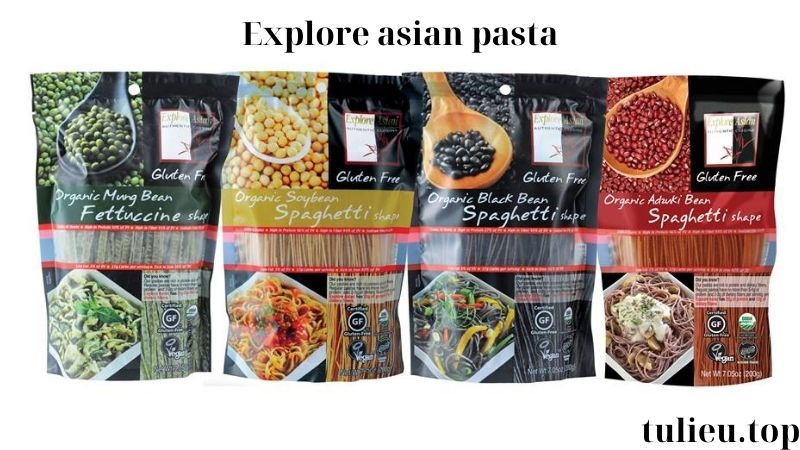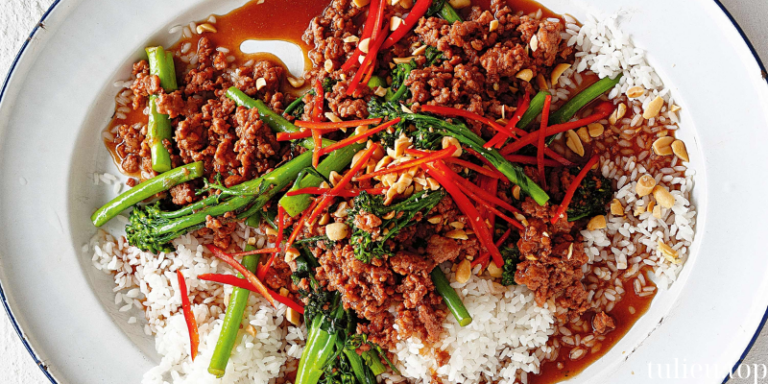Explore Asian Pasta: A Culinary Journey through Noodle Kingdom
Pasta is a beloved staple around the world, and Asia boasts a rich and diverse array of noodle dishes that have captured the hearts and taste buds of many. From Japan’s slurp-worthy ramen to Thailand’s flavorful pad Thai, Asian pasta is a testament to the continent’s culinary ingenuity. Tulieu.top Explore Asian Pasta, varieties, and cultural significance of Explore Asian Pasta, shedding light on its integral role in the culinary traditions of various countries.
Historical Background
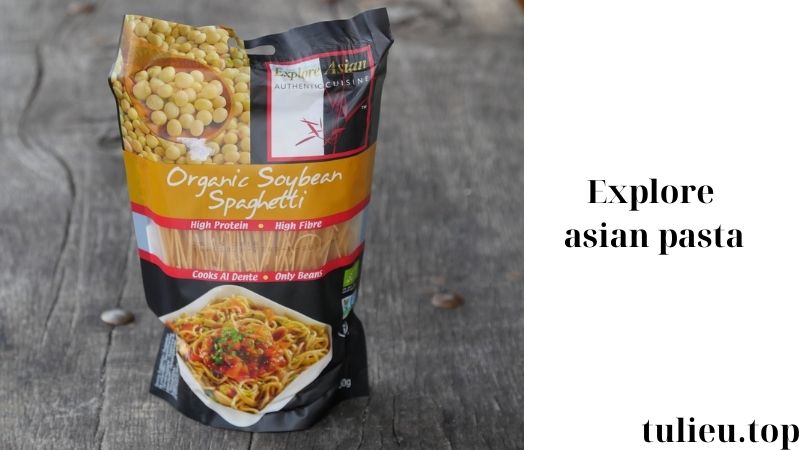
The history of pasta in Asia is as intricate as the dishes themselves. While Italy is often credited with popularizing pasta, the origins of noodles can be traced back to ancient China, where the earliest evidence of noodle-like food dates back over 4,000 years. Trade routes, such as the Silk Road, facilitated cultural exchanges, allowing the concept of noodles to spread across Asia and evolve into the diverse forms we see today.
Throughout history, pasta has adapted to the local ingredients and culinary techniques of different regions. This adaptability has resulted in a myriad of noodle dishes, each with its own unique flavor profile and preparation method. From hand-pulled noodles in China to buckwheat soba in Japan, Explore Asian Pasta is a culinary reflection of the region’s rich cultural tapestry.
Explore Asian Pasta
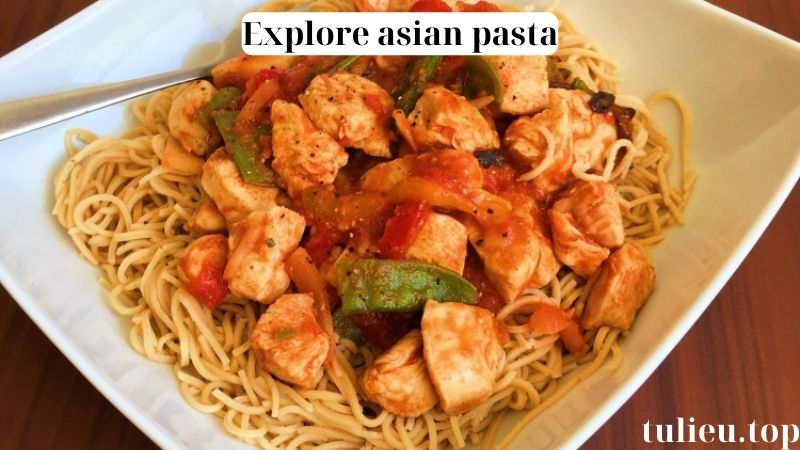
Explore Asian Pasta encompasses a broad spectrum of noodles, each with distinctive characteristics and cultural importance. Let’s delve into some of the most iconic types of pasta from various Asian countries.
Japanese Pasta
Ramen is arguably the most famous Japanese noodle dish globally. It comes in several varieties, including shoyu (soy sauce), miso, tonkotsu (pork bone broth), and shio (salt). Ramen noodles are typically made from wheat and have a firm, chewy texture. The broth, simmered for hours to extract deep flavors, is the soul of ramen. This dish has evolved from a humble Chinese import into a symbol of Japanese culinary excellence, with each region offering its unique twist on the classic bowl.
Udon noodles are thick, chewy, and made from wheat flour. They are often served in a simple broth called kake udon, with variations like tempura udon and kitsune udon, featuring toppings such as tempura and seasoned tofu. Udon is appreciated for its versatility and the comforting nature of its hearty, chewy texture. Regional differences in preparation and presentation highlight Japan’s diverse culinary landscape.
Soba noodles, made from buckwheat, offer a nutty flavor and a slightly grainy texture. They can be served hot in a broth or cold with a dipping sauce. Popular dishes include zaru soba, where cold soba is served on a bamboo tray with a soy-based dipping sauce, and kake soba, where the noodles are served in a hot broth. Soba is also noted for its health benefits, being rich in nutrients and lower in calories compared to wheat-based noodles.
Chinese Pasta
Lo Mein and Chow Mein are two well-known Chinese noodle dishes. Lo mein involves tossing boiled noodles with a savory sauce and stir-fried vegetables and proteins. In contrast, chow mein features stir-fried noodles that are either soft or crispy, combined with similar ingredients. Both dishes are staples of Chinese-American cuisine but also have deep roots in traditional Chinese cooking.
Dan Dan Noodles originate from Sichuan cuisine and are known for their bold, spicy flavors. The dish typically features wheat noodles topped with a mixture of minced pork, preserved vegetables, chili oil, Sichuan peppercorns, and sesame paste. The result is a harmonious blend of spicy, numbing, and savory tastes that exemplify the complexity of Sichuan flavors.
Biang Biang Noodles, famous in Shaanxi province, are characterized by their wide, thick, hand-pulled shape. The name “biang biang” is an onomatopoeia reflecting the sound made when the noodles are slapped against the countertop during preparation. These noodles are often served with a spicy, vinegary sauce and various toppings like chili oil, garlic, and vegetables, offering a hearty and flavorful experience.
Korean Pasta
Japchae is a beloved Korean dish made with sweet potato noodles, known as dangmyeon. These translucent, chewy noodles are stir-fried with a variety of vegetables, meats, and a soy-based sauce. Japchae is commonly served during festive occasions and celebrations, reflecting its status as a dish that brings people together.
Naengmyeon is a popular cold noodle dish, perfect for hot summer days. It comes in two main varieties: mul naengmyeon (served in a cold broth) and bibim naengmyeon (served with a spicy sauce). Naengmyeon noodles are made from buckwheat or sweet potatoes, giving them a distinctive chewy texture. The dish is often garnished with sliced beef, cucumber, pear, and a boiled egg, offering a refreshing and balanced meal.
Southeast Asian Pasta
Pad Thai is Thailand’s iconic noodle dish, known for its vibrant flavors and balanced taste. Made with rice noodles stir-fried with shrimp or chicken, tofu, eggs, peanuts, bean sprouts, and a tangy tamarind sauce, pad Thai exemplifies the Thai culinary principle of balancing sweet, sour, salty, and spicy flavors. It’s a popular street food that has gained international acclaim.
Laksa is a spicy noodle soup from Malaysia and Singapore, with two main varieties: asam laksa (tamarind-based) and curry laksa (coconut milk-based). The dish combines rice noodles or vermicelli with a rich, flavorful broth, typically garnished with ingredients like shrimp, chicken, tofu puffs, and boiled eggs. Laksa is a prime example of the region’s fusion of Chinese, Malay, and Indian culinary traditions.
Char Kway Teow is a beloved street food in Malaysia and Singapore. This stir-fried dish features flat rice noodles cooked with prawns, Chinese sausage, eggs, bean sprouts, and chives, all tossed in a savory soy sauce mixture. The dish is known for its smoky flavor, achieved through high-heat stir-frying, and is a staple of Southeast Asian hawker culture.
Indian Pasta
Seviyan refers to thin vermicelli noodles used in both sweet and savory dishes in India. In its sweet form, seviyan is often prepared with milk, sugar, and nuts to make a dessert called kheer or payasam. The savory version, known as seviyan upma, involves cooking the noodles with vegetables and spices for a flavorful breakfast dish. Seviyan is a versatile ingredient that plays a significant role in Indian festive and everyday cuisine.
Hakka Noodles reflect the influence of Chinese cuisine on Indian cooking. This Indo-Chinese dish features stir-fried noodles tossed with vegetables, meats, and a tangy soy-based sauce. Hakka noodles are a favorite in Indian Chinese restaurants and are known for their bold flavors and satisfying texture.
Fusion and Modern Interpretations
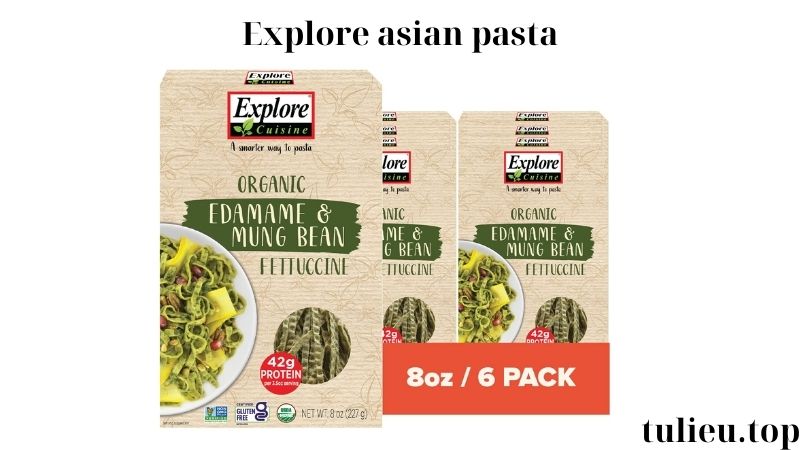
Explore Asian Pasta has not only thrived within its traditional contexts but also inspired numerous fusion and modern interpretations. The influence of Western cuisine has led to innovative recipes that blend Asian noodles with diverse culinary techniques and ingredients. Ramen burgers, where ramen noodles replace burger buns, and Italian-Asian pasta hybrids like miso carbonara are just a few examples of how chefs worldwide are reimagining Asian pasta.
Moreover, popular Explore Asian Pasta dishes have made significant inroads into global cuisine. Sushi restaurants often feature udon and soba dishes on their menus, while Thai and Vietnamese restaurants serve pad Thai and pho as staples. This global popularity highlights the universal appeal and adaptability of Asian pasta.
Conclusion
Explore Asian Pasta represents a vast and flavorful aspect of the continent’s culinary heritage. From the rich broths of Japanese ramen to the spicy kick of Sichuan dan dan noodles, each dish tells a story of regional ingredients, historical influences, and cultural practices. The diversity and richness of Asian pasta offer endless opportunities for culinary exploration and enjoyment.
Whether you’re indulging in a comforting bowl of Japanese udon, savoring the bold flavors of Korean japchae, or experiencing the tangy delight of Thai pad Thai, Asian pasta provides a delicious journey through the varied and vibrant cuisines of Asia. Embrace the chance to explore these dishes, and you’ll discover not just new flavors, but also the deep cultural connections that make Asian pasta a cherished part of global gastronomy.
